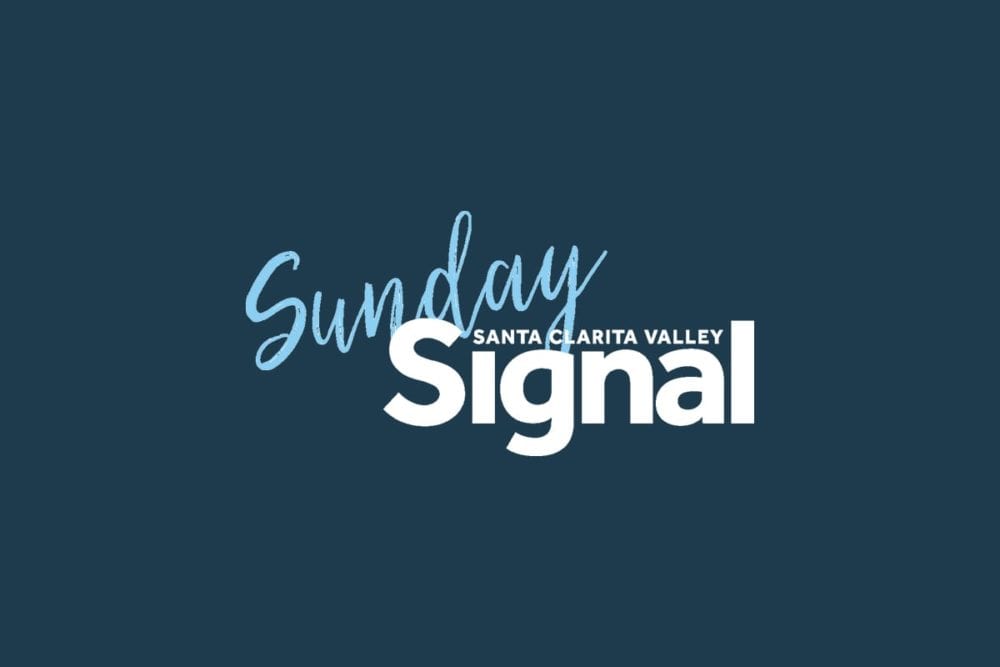Bunnies and baskets, chocolates and candies. It’s that time of year when parents scramble to ensure their children wake up to a trove of treats, and families decide who is serving the lamb dinner this year.
These are some of the familiar Easter traditions, but much more is involved with the holiday than egg hunts and brightly adorned bonnets.
For the religious, it can be import- ant to delve into the true meanings behind Easter, and let those discoveries help shape celebrations.
Easter, above all, is a religious commemoration of the resurrection of Jesus Christ. It is the culmination of the holy period known as Lent, and it the most significant date on the Christian liturgical calendar.
Jesus Christ was the Son of God, who fulfilled the prophesies that he would give his own life for his people so they could enjoy eternal life after their own mortal bodies perished. Easter, from Jesus’ very own words, marked a new covenant for the faithful.
According to scripture, Jesus was enjoying the Passover dinner when he sat down with his disciples. Under- standing that this would be his last earthly meal and that someone close to him would betray him, he took bread and gave thanks to God for it.
He broke the bread and said it was his body that should be given up so sins would be forgiven. He did a similar gesture with wine, indicating that it was his blood that should be shed as a sacrifice for all. Christ instructed the disciples to do the same ritual in the future in memory of him.
Jesus was subsequently betrayed and turned over to the authorities. He was sentenced to crucifixion and perished on the cross.
His body was cleansed and placed in a tomb sealed by a stone. His followers were unaware of the miracle that would ensue in the days to come.
Christians celebrate several days of the week leading up to Easter Sunday. Some celebrate more and others less.
Palm Sunday
Palm Sunday recalls Christ’s arrival in Jerusalem when he was received with lavish praise and excitement. It is told that Jesus arrived humbly on a donkey and townspeople placed clothes, branches and palm fronds in front of him.
Holy Thursday
This is the evening of the Passover dinner, when Jesus dined with His disciples at The Last Supper.
Good Friday
According to scripture, Pontius Pilate bowed to the pressure of the Temple leadership and the crowds, condemning Jesus to death by cruci- fixion.
Christ was forced to parade through crowds wearing a crown of thorns. He carried a massive wooden cross on his back. He was nailed to the cross by the ankles and wrists, and hanged for 3 hours. He died at 3 p.m. His body was hastily removed and put in a tomb.
Easter Sunday
On Easter Sunday, the tomb was discovered open and empty. Jesus had risen from the dead, providing proof that he was the Son of God. In turn, Jesus fulfilled all He was born to do and preached.
Easter did not always symbolize Christ’s resurrection when it was first celebrated. It was once a pagan ritual of renewal and birth. However, when early missionaries began spreading Christianity’s message, the holiday
— falling around the time of Christ’s actual resurrection — was adopted to commemorate the religious miracle. Today it stands as a testament to ultimate sacrifice and the promise of eternal life for all who believe in him.













